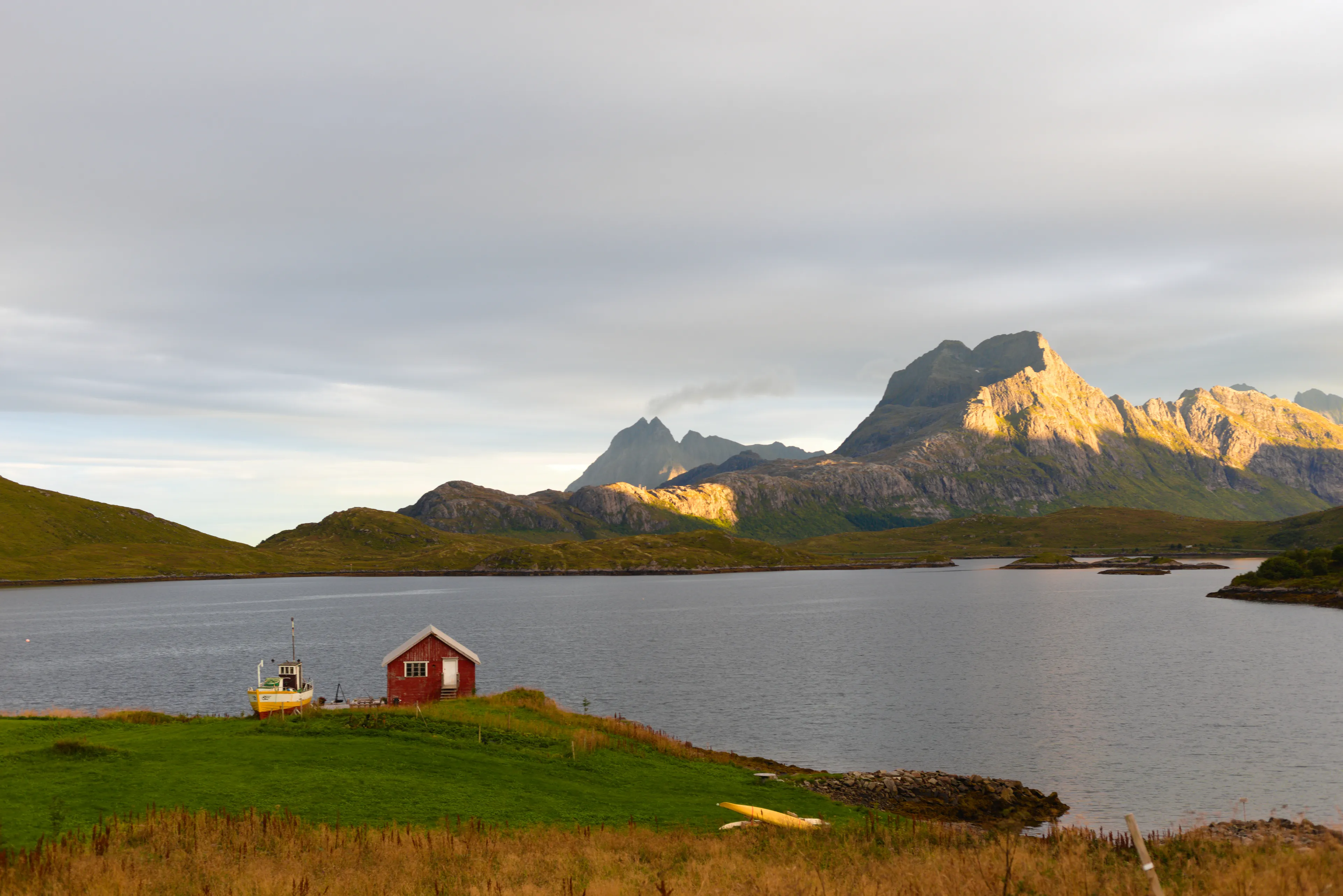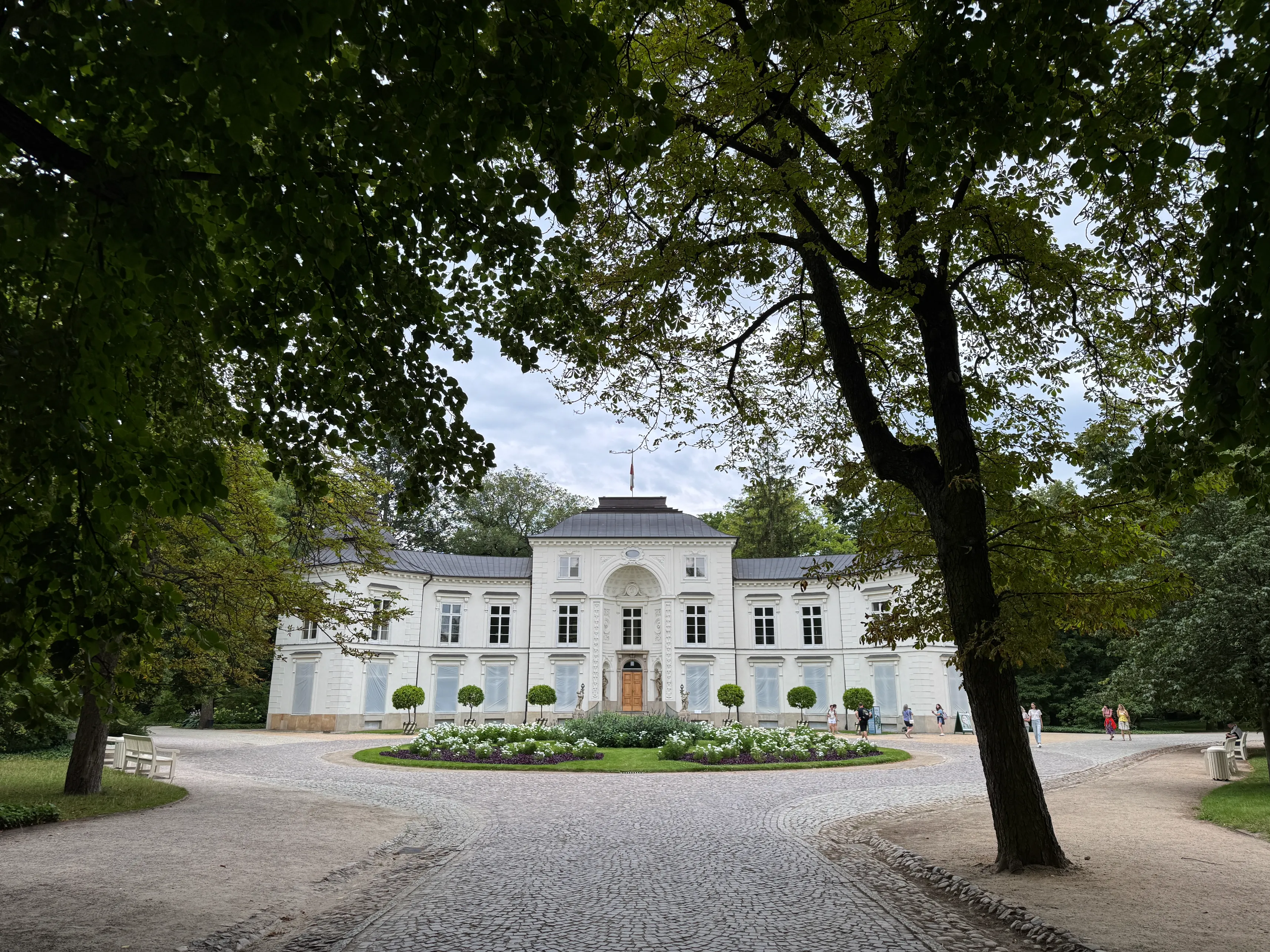Milan
Milan (Italian: Milano) is the second largest city in Italy and the capital of the Lombardy region. Known worldwide as a center of fashion, design and finance, it also has a rich history dating back to Roman times. For centuries it was the seat of dukes, the place of Leonardo da Vinci's activity, and also a strategic point during Italian unification. This is where the largest Gothic cathedral in Italy is located, one of the most prestigious opera houses in the world, and districts that show that Italian elegance can go hand in hand with modernity.
Duomo di Milano Cathedral
This is undoubtedly one of the most recognizable symbols of Italy. To get to the main square from the central station, it's best to use the metro. At Centrale FS station, take the yellow line metro (M3) heading to San Donato and travel 4 stations to Duomo. I have to admit, the cathedral from the outside makes a really big impression. No wonder the main square is always full of people. The Duomo Cathedral, also called the Cathedral of the Nativity of St. Mary in Milan, built in Gothic style with numerous decorations, spires, sculptures and gargoyles, which can be admired from the outside and while walking on the terraces on the cathedral roof. Construction began in 1386 and was completed only... in the 19th century. So the work lasted over 500 years. It is the third largest church in Europe (after the Vatican and Seville), and its white marble facade makes a huge impression. Over the entire building tower over 130 spires and over 3,400 sculptures. It's also worth going inside the cathedral to see the huge colorful stained glass windows and the harsh twilight and monumentality that prevails there. It's an interesting combination that stays in memory. On the official website duomomilano link there are various touring options. It's best to buy tickets online on this site to skip the queues, which are quite large even before high season. We used the Combo stairs option, which included visiting the terraces (entrance by stairs), entering the cathedral and visiting the duomo museum. There are also tickets only for terraces (by elevator or stairs), Duomo Museum + inside Duomo and others that you can find on the website.


Most popular options:
Combo Lift 26€ (reduced 13€*) includes
cathedral entrance
terraces (by elevator)
entrance to Duomo Museum and church of St. Gottardo
Combo Stairs 22€ (reduced 11€*) includes
cathedral entrance
terraces (by stairs)
entrance to Duomo Museum and church of St. Gottardo
Culture Pass 15€ (reduced 7.50€*) includes
cathedral entrance
archaeological area
entrance to Duomo Museum and church of St. Gottardo
crypt of St. Charles
Terraces - Access by lift 18€ (reduced 9€*) includes
terraces (by elevator)
Terraces - Access by stairs 16€ (reduced 8€*) includes
terraces (by stairs)
*reduced prices are for children 6-18 years old


Important ticket information: after purchasing a combined ticket with terraces, they are valid for 2 days, but to go to the terraces you must arrive on the day and time selected on the ticket, and you can go to other attractions at a different time, before or after the designated time. An important matter is also clothing - when choosing a ticket with the possibility of entering the cathedral, pay attention to appropriate attire, because it may turn out that even with a valid ticket you may not be allowed inside. In our case, we managed to get through in shorts, but we don't guarantee that this may always be possible.
In our opinion, it's really worth choosing the option with going out on the cathedral roof. You can get to the top by elevator or stairs (just over 200 steps). However, the views from above are truly amazing. Panorama of the bustling city and in good weather you can see the Alps stretching in the background. In addition, you can take a close look at the numerous decorations and sculptures. After descending the stairs from the terraces, you enter the interior of the cathedral.
The Duomo Museum is a place that allows you to look at the Milan cathedral from a different perspective - not as a finished work, but as a huge, centuries-old project that was shaped through generations. The museum is located right next to the cathedral, in the Royal Palace (Palazzo Reale) and contains over 200 original sculptures, models, documents and architectural elements that over the centuries were part of the Duomo. It's a great complement to visiting the temple - it allows you to understand what a monumental undertaking its construction was.


Galleria Vittorio Emanuele II
Right next to the Duomo Cathedral is a place that cannot be confused with any other - Galleria Vittorio Emanuele II, also called the "salon of Milan". It's not only a luxury shopping gallery, but one of the oldest covered passages in the world. The gallery was designed by Giuseppe Mengoni and opened in 1877. Its construction was to emphasize the modernity and prestige of newly unified Italy, and it owes its name to the first king of Italy - Vittorio Emanuele II. What arouses the greatest admiration in it is the huge glass dome. On the gallery floor there are mosaics depicting the coats of arms of the four largest cities in Italy: Rome, Milan, Florence and Turin. The most famous is the Turin bull - according to tradition, you have to put your heel on its genitals and turn around three times to ensure good luck. Seriously - everyone does it. Inside we can meet luxury brand stores such as Prada, Gucci, Louis Vuitton and others. An important part are also cafés with history - including Caffè Biffi (founded in 1867) or the exclusive Marchesi 1824 pastry shop with a view of the main passage. Even if you don't plan to shop, it's worth taking a look just to see their interiors.


Sforza Castle with gardens
Castello Sforzesco is one of the largest urban castles in Europe and one of the symbols of Milan. It's just a dozen minutes' walk from the Duomo, and its massive walls and characteristic tower contrast beautifully with the modern character of the city. The castle was built in the mid-15th century on the initiative of Francesco Sforza, Duke of Milan and founder of the Sforza dynasty. It was to be not only a fortress, but also a representative residence - a powerful symbol of power. In subsequent centuries, the castle passed from hand to hand - Austrians, Spaniards, French - it was destroyed, rebuilt and used as barracks. Finally, in the 20th century, it was restored and transformed into a museum complex. Directly behind the castle there is a large city park - Parco Sempione. An ideal place for a walk, picnic or rest from the city hustle and bustle. At its end is the Arco della Pace - a triumphal arch in the Napoleonic style. Sforza Castle is actually several museums under one roof, but if your time is limited, it's worth going to the main courtyard and garden, because you can visit it for free. However, be careful, on the main square you can encounter many scammers and pushy sellers.

Square at Sforza Castle

Gardens behind Sforza Castle

Leonardo da Vinci's "Last Supper" at Santa Maria delle Grazie basilica
In the refectory of the monastery at the Basilica of Santa Maria delle Grazie is one of the most famous works of art in the world: Leonardo da Vinci's "Last Supper". This is not a classic painting - it's a wall fresco that Leonardo painted directly on the plaster in 1495-1498. It's worth combining the visit with a short tour of the Santa Maria delle Grazie basilica itself, which is also inscribed on the UNESCO list. Tips: The ticket must be booked well in advance - often even a month earlier. Viewing takes place in small groups every 15 minutes to protect the painting from moisture and light.
Chiesa di San Maurizio al Monastero Maggiore
From the outside it looks inconspicuous. Just an old temple near the center. But after entering the Chiesa di San Maurizio al Monastero Maggiore, one of the most beautiful sacred interiors in Italy is revealed - covered from ceiling to floor with Renaissance frescoes. The church was part of a women's monastery and consists of two parts - for the faithful and for nuns - separated by an ornate wall. Everything is painted: walls, vaulting, columns. The works of Bernardino Luini (Leonardo's student) depict biblical scenes and saints, but also details of everyday life, faces, emotions. Entrance to the church is free and when planning visits it's worth paying attention to opening hours.
Naviglio Pavese
We went there in the afternoon - most restaurants were still closed, and the area seemed somewhat deserted and neglected. Apparently, however, it's in the evening that this district really comes to life and gains its unique atmosphere. Therefore, it's definitely better to plan a visit here at a later time. This is a place that local residents use more often than tourists. It's here that two historic canals meet: Naviglio Grande and Naviglio Pavese - artificial branches of the Ticino River, whose origins date back to the 12th century. Leonardo da Vinci, among others, was involved in their expansion, creating a system of locks that for centuries facilitated the transport of goods to the center of Milan.

For people who have more time to explore the city
Teatro alla Scala
Theater opened in 1778, designed by Giuseppe Piermarini. It's one of the most famous opera stages in the world, where Verdi, Toscanini, Callas and Pavarotti performed. There's also a museum inside. The whole thing can be visited, but it's worth checking beforehand if there are any events taking place, because then some rooms may be unavailable to visitors.
Pinacoteca di Brera
One of the most important art museums in Milan, with works by Caravaggio, Raphael, Mantegna and many other masters. The main part of the collection here consists of works from the Renaissance era and sacred paintings. People who have more time to visit Milan should definitely visit this museum.
Porta Nuova - the modern face of Milan
It's a modern business center full of glass, steel and greenery, where traditional aesthetics give way to contemporary design. A walk through this district gives a completely different image of the city - fresh, dynamic and surprisingly pleasant. It's worth taking a look just to see Bosco Verticale - buildings covered with living vegetation.
Stadio San Siro
Opened in 1926, also known as Stadio Giuseppe Meazza. The stadium where A.C. Milan and Inter Milan play football matches. It's a cult place for football fans - Champions League finals, World Cup matches and concerts have taken place here.
Where to eat in Milan?
Pasto - Laboratorio di pasta con cucina - we had a plan to go there but it didn't work out time-wise. However, looking at Google reviews (4.7), they serve really good pasta at reasonable prices. address: via Zecca Vecchia, 4, 20123 Via Pasteria - excellent, freshly made pasta with interesting local additions. We went, tested and can honestly recommend. address: Corso Italia, 16, 20122 Panzerotti Luini - if you feel like having some salty or sweet snack while sightseeing, a few streets away from the main Duomo square you'll find various and delicious panzerotti. If you see a queue from afar when going there, you'll immediately know you're in the right place and don't be discouraged. address: Via Santa Radegonda, 16, 20121
And if you want to stay up to date with more travel inspirations, check out our Instagram!
@journeysjar




